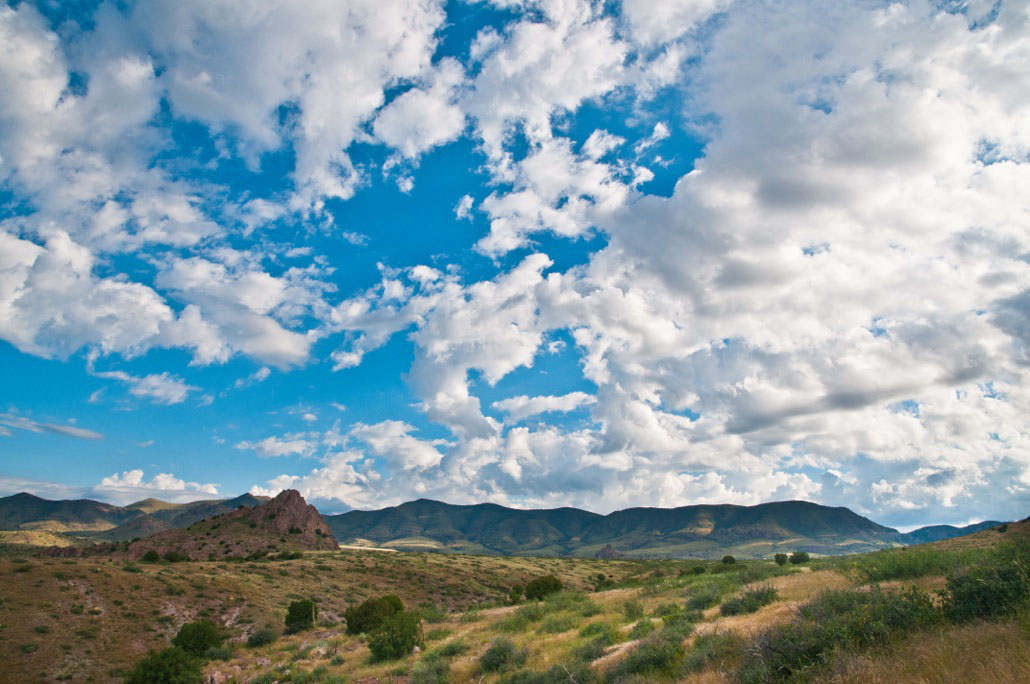If you’ve been keeping up with Sustainable America, you know that we believe in the power of entrepreneurs and markets to effect positive change, and that we make early-stage investments to help spur the development of sustainable food and fuel businesses. Local and sustainable agriculture is one of our focus areas, and we’ve made a small investment in the Conservation Capital Fund that we’re excited about.
Led by agrarian-entrepreneur Paul Schwennesen, the Conservation Capital Fund aims to connect young, innovative ranchers with the financial and technical resources that are fundamental to revitalizing small-scale ranching, rural agrarian economies and conservation stewardship of working lands in the West. The Conservation Capital Fund fits with our overall organizational mission of increasing food production from more sustainable methods and practices.
Small-scale ranching is important to our food system for many reasons. Unlike industrial feedlot beef operations, where it is estimated that it takes up to 35 gallons of oil equivalent to raise one cow, raising free-range grass-fed beef requires very little excess feed, therefore using less fertilizers and oil products. Grazing also helps with the natural tillage of the land, which alleviates storm runoff in drought-prone areas.
Despite those advantages, beef from alternative production systems accounts for only about 3 percent of the U.S. beef market. Why aren’t there more small sustainability-focused ranchers? One of the biggest barriers to land access and success for would-be ranchers is the cost of conventional mortgage financing. With margins really small, debt service on land is often the reason these operations fail financially.
What the Conservation Capital Fund does, in a nutshell, is provide aspiring young agrarians with land at a financing rate that low-margin businesses such as ranching can support, pairing it with mentorship and training in environmental stewardship. The financing model allows for investors to be paid back in a creative way: a low fixed cash return plus a beef commodity payment and time allocated to investors to spend at the ranch.
In the larger scheme of things, the Conservation Capital Fund intends to conserve 1 million acres and install 100 new agrarians on Western rangeland over the next 10 years. But today, in its early stages, Conservation Capital has a pilot project ongoing at Schwennesen’s Cold Creek Ranch and is raising $1.5 million to purchase land and install new ranchers. Sustainable America has typically made equity investments in new ventures, but we are open to several modes of financing, and our support of Conservation Capital Fund is the first loan that we’ve made.
“This is the kind of institutional vote of confidence we needed,” said Schwennesen about Sustainable America’s investment. “We’re putting the money to work right away, stewarding resources and applying conservation easements on 10,000 acres in southern Arizona. What a joy to know we don’t have to go it alone.”
In addition to supporting a sustainable method of food production, we’re confident that the creation and support of small ranches will lead to the development of jobs and strengthen the larger sustainable food network. Sustainable America looks forward to supporting the development of these and similar food systems as part of our goal of raising sustainable food availability.
Gray Peckham
Director of Investments
Do you want to help support sustainable food systems in America? Please donate to Sustainable America.

